
Structure of Environmental Emergency Research Program
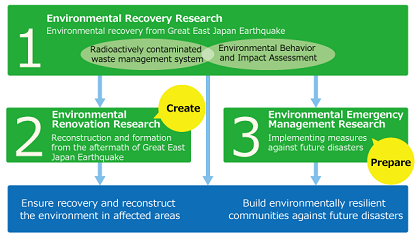
We have actively worked in many areas of disaster-related environmental research requiring urgent attention, since the direct aftermath of the Great East Japan Earthquake. The overall structure of Environmental Emergency Research at NIES is shown in the figure. This is largely based around research in the following three research programs:
- Environmental Recovery Research Program
- Environmental Renovation Research Program
- Environmental Emergency Management Research Program
We will seek both to contribute to reconstruction and environmental creation in areas affected by the Great East Japan Earthquake and to apply research outcomes to the formulation of environmental policy and measures for remediation of damage suffered by people and the environment as a result of earthquakes, and from other calamities in general.
We established a branch office to based in the Fukushima Prefectural Center for Environmental Creation in 2016 in Miharu Town, Fukushima Prefecture to promote the development of Environmental Emergency Research and facilitate collaboration with Fukushima Prefecture and the Japan Atomic Energy Agency (JAEA) at our NIES Fukushima Headquarters.
We will continue our untiring efforts respond flexibly to local needs by means of research activities based in the areas most acutely affected.
PG1: Environmental Recovery Research
Our research facilitates fast environmental recovery in areas contaminated with radioactive substances derived from the nuclear power plant accident.We will strive for research that will ensure secure and safe lives for local residents.
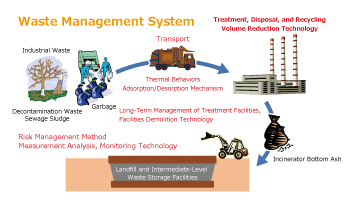
- Waste Management System
- We develop and provide overall assessment for all technologies and systems related to various work necessary for the processes including production of radioactively contaminated waste and soil to their appropriate management and disposal.
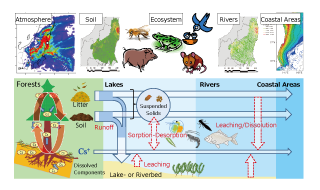
- Environmental Behavior and Impact Assessment
- Our field measurements and model simulations help reveal the behavior of radioactive substances in the environment, as well as ecosystem changes and radiation exposure. We conduct medium- and long-term predictions of these data, and assess the effectiveness of various measures implemented against these hazards (decontamination, etc.).
PG2:Environmental Renovation Research
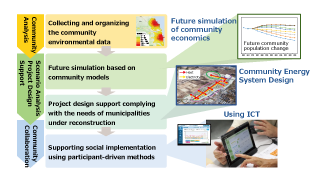
Our research encompasses the formulation of future community scenarios based on individual regional community analysis, development of energy-saving technology and community project design, community planning involving residents, and communication support. In this way, our work will facilitate regional communities’ environmentally-friendly reconstruction programs that are optimized for their communities.
PG3: Environmental Emergency Management Research
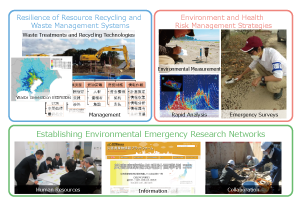
Research to support preparedness for future disasters from environmental and safety perspectives by developing resilient resource recycling/waste management systems and environmental and health risk management strategies, training personnel, and building both domestic and international networks to support such efforts.
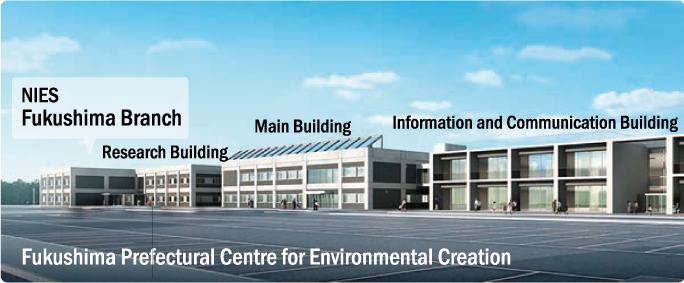
NIES Fukushima Regional Collaborative Research Center
10-2 Fukasaku, Miharu, Tamura District, Fukushima,
963-7700, Japan
Tel.+81-247-61-6561




